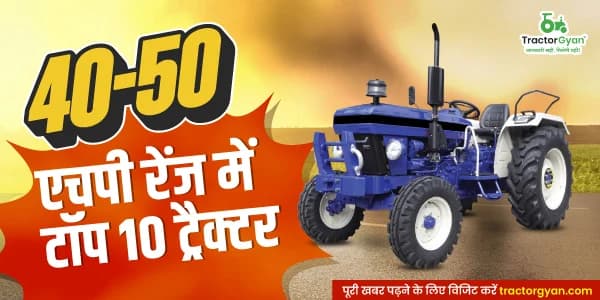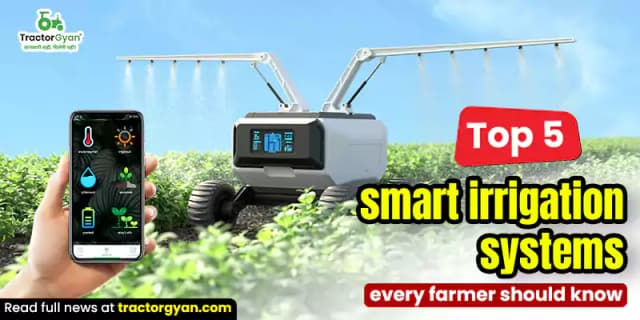What is Monoculture farming? Advantage and Disadvantage in 2023
टेबल ऑफ कंटेंट
Monoculture farming is a type of farming where one single form of the crop is grown in a field of land. Monoculture is the technique of raising only one genetically identical crop, livestock species, or plant at a time. Additionally, it involves a farming or agricultural production method that is used all at once. It has been applied to both conventional and organic farming, enhancing planting, and harvesting efficiency and bringing down costs for farmers.
Since significant agricultural machinery throughout the 20th century made it easier to handle a single crop at a time, monocultures have dominated most of food production. Wheat, corn, soy, and rice account for just less than half of all agricultural acreage in the world and are virtually always farmed as monocultures, according to research that evaluated FAO statistics. As an alternative, polycultures, which are a more convenient way of managing land, are systems where two or more crops are cultivated together in a field at one time.
Perhaps the way that comes to mind when hearing the word "monoculture crop" is another one. The same crop species is continuously grown year after year on the same piece of land. This process is also known as continuous monoculture or "monocropping."

Below are the advantages and disadvantages of Monoculture farming:
1. Ease of management
For many farm managers and agribusinesses, managing one crop at a time streamlines the business model. Due to the uniformity of a field planted with a single species, less thought must be given to the requirements of several species because all preparation, inputs, crop maintenance, and harvesting are the same over a significant area. In essence, monocultures make farming incredibly simple for farmers since they mainly eliminate variation and the associated requirement to manage more intricate system interactions.
2. It leads to technological advancements
Farmers achieved the most uniform growth conditions possible by planting the same crop in one field. Imagine a field of identically sized plants in the same vegetative stage, with the same distance between rows and between individual plants.
The technology utilized in agriculture has evolved much further since the first tractors plowed the fields. The most specialized equipment available today properly satisfies the requirements of farmers who are committed to the intensive production of crops. Consider the spindle-style cotton harvester as an illustration. A specialized device that can harvest cotton lint from a field with a success rate of more than 90% and can immediately bale the cotton that has been gathered.
We shouldn't overlook animal farms when discussing agricultural advancements because technology has advanced to the point where dairy cows are milked by robotic milking equipment that also feeds them individually depending on computer readings from each cow's chip.
3. Promotes high-yielding results
Each plant in a monoculture farm experiences the same uniform planting, care, and harvesting procedures. Consequently, it leads to increased yields and lowers costs. The process of birth, development, and maturity is the same for both animals and cattle. When the animals reach maturity, the technique also delivers good returns and lower costs for the farmer.
4. Low labor required
Synthetic fertilizers are used by plants, which lowers the quantity of extra soil required to grow food. The identical method of fertilization will be required for all animals simultaneously.
5. Earrings are quite decent
This implies that only one technique will be required to grow the crop while multiple crops are being grown simultaneously.
For the farmer, this is more efficient and profitable. The best field crops may be cultivated in unfavorable weather like droughts, winds, and short seasons since they favor cultivation and have little effect on output.

Disadvantages of Monoculture Farming
1. Damages the nutrients or fertility of the soil
Nutrients and other elements are present in the soil. Due to the cultivation method or the cultivation of only one type of crop or animal species, monocultures exclude all these functions.
Due to the absence of diversity in crops, there are no different types of soil and microorganism pests, which increases the biodiversity of soil from insects and microbes. This implies that no plant species exist that naturally contributes to soil nutrients or can enhance soil nutrients. Additionally, it destroys bacteria and microbes in the soil, reducing its fertility.
2. Negative effects on the biodiversity
The organism is forced to acquire resistance to pesticides and synthetic herbs by the excessive usage of these inorganic compounds. The natural ecosystem is destroyed as more and more inorganic substances are discharged into the soil.
Increased runoff from monocultures is the primary source of excessive algal blooms in water bodies, which contaminate drinking water supplies, eradicate delicate aquatic species, and, in the worst-case scenario, create zones with water that is hypoxic and unfit for animal habitation.
Ammonia, along with other airborne pollutants like nitrogen oxides and sulfates from the transportation and energy sectors, combine to generate hazardous particulate matter that is easily absorbed into the lungs and circulation.
3. High usage of fertilizers
Farmers that are specializing in high-yielding monoculture crops must employ fertilizers to maximize crop productivity for the reasons outlined above.
Monocrops that lack diversity simply cannot naturally replenish soils with a variety of nutrients, as would natural ecosystems. On the other hand, every crop depletes the minerals necessary for its growth. Farmers, therefore, need to "artificially" supply these nutrients every year.
More fertilizers are required because soils require more maintenance and repair the longer a monoculture is grown on the same piece of land.
4. Depletion of water as a resource
The compounds stay in the soil after the plant is harvested. They cannot be converted into organic matter by soil microorganisms since they are inorganic. They permeate the earth and eventually contaminate groundwater supplies, changing ecosystems that may be located far from the point of usage. The diversity and vitality of nearby ecosystems may be killed, harmed, or diminished over time because of the pollutants.
5. Uses a lot of fossil fuels
Sorting, packing, and transporting the crops for sale all need a significant quantity of fossil fuel energy. Environmental degradation and climate change are significantly influenced by the energy needed, chemical fertilizers and pesticides, and other industrialized techniques of producing such foods. Additionally, it keeps endangering the ecosystem for the next generations.
6. Disturbs the pollination activities
Bees and other pollinators, which are crucial components of the natural reproduction cycle, are negatively impacted by monoculture farming. To preserve crop growth and the fertility of "impoverished" soils, monoculture farming is using a growing number of pesticides, herbicides, and other chemical compounds, which harm and frequently kill pollinating insects.
कैटेगरी
और ब्लॉग पढ़ें
Since its independence, India has undergrown several changes in the overall growth of growth and agriculture.
In the 50 years leading up to Independence, Indian agriculture increased at a rate of around 1% a year. In the 50 years following Independence,...
केंद्र सरकार किसानों के लिए हर बार नई-नई योजनाएं लेकर आती है. जिससे किसानों को काफी फायदा पहुंचता है. वहीं पीएम किसान सम्मान निधि योजना (PM Kisan Samman Nidhi Yojna) के तहत भी केंद्र सरकार ने किसानों को काफी राहत पहुंचाई है....
'Threshing' is an important agricultural tool or tractor implement. The principal farm equipment known as a thresher is used for threshing grains and separating seeds from husks and straws. Other crops, including wheat, maize, beans, soybeans, etc., are also threshed with it....
इसके बारे में अपनी टिप्पणी लिखें What is Monoculture farming? Advantage and Disadvantage in 2023
.webp&w=1920&q=75)
ट्रैक्टर और कृषि से जुड़े सबसे अधिक खोजे जाने वाले ब्लॉग्स
18 Dec 2025
18 Dec 2025
29 Jul 2025
08 Sep 2025
03 Jul 2025
30 Jul 2025
30 Jul 2025
30 Jul 2025
29 Jul 2025
30 Jul 2025
29 Sep 2025
31 Jul 2025
18 Dec 2025
31 Jul 2025








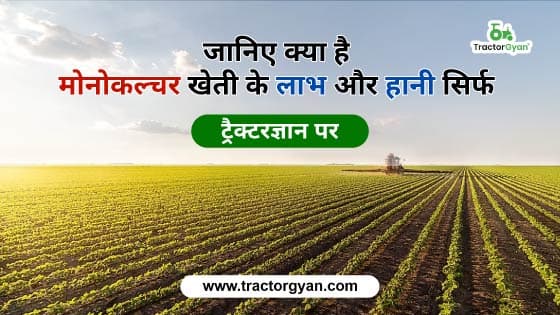
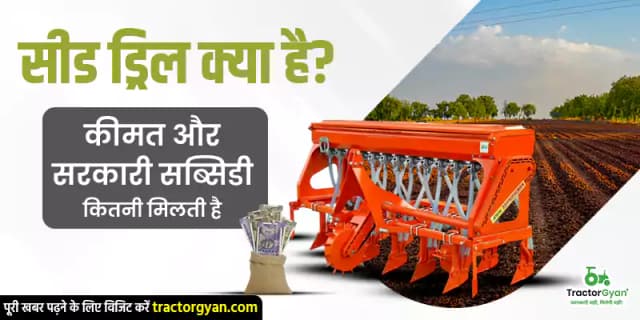
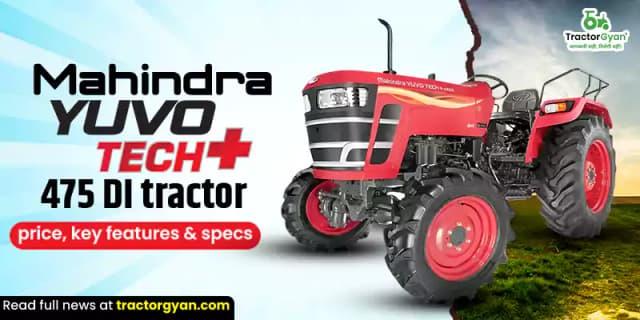

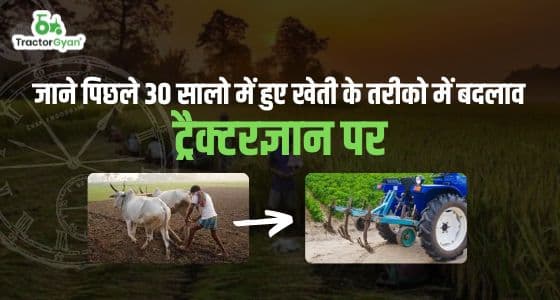
.jpg&w=1200&q=75)
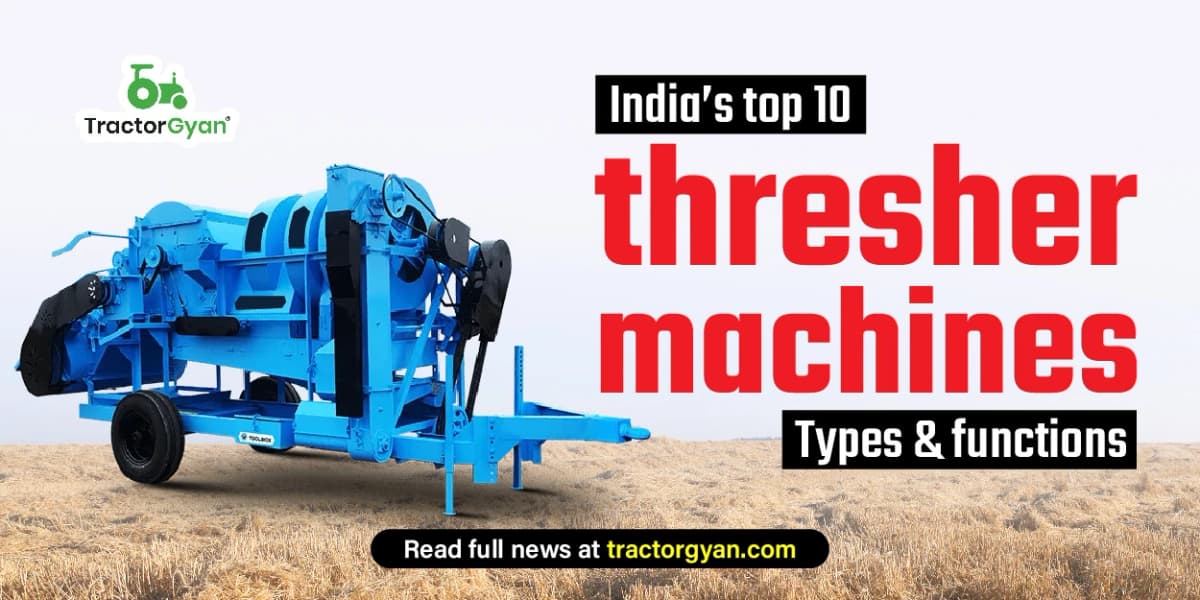
.webp&w=2048&q=75)
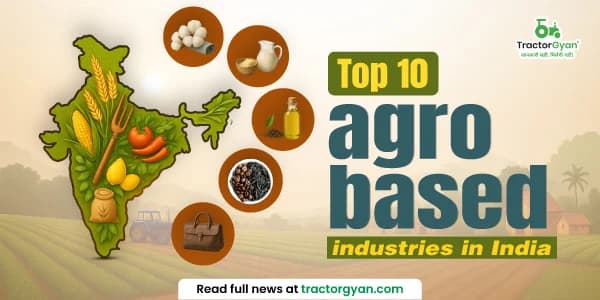
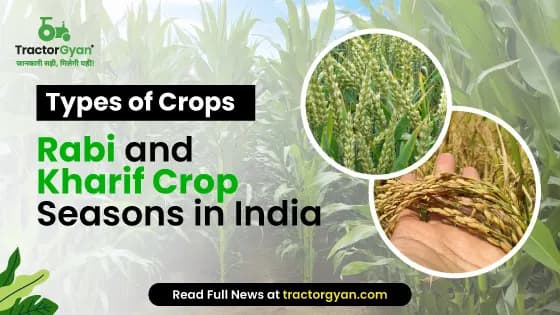
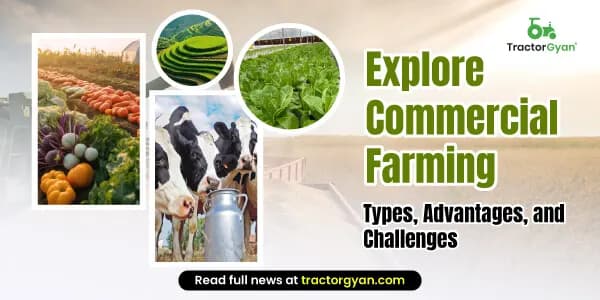

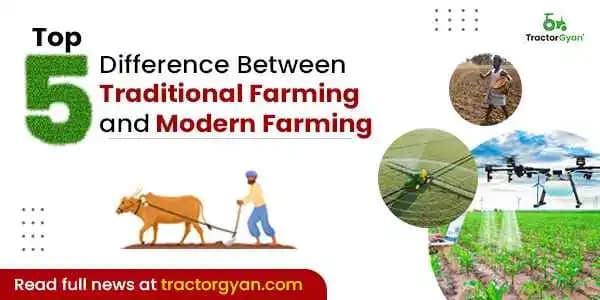
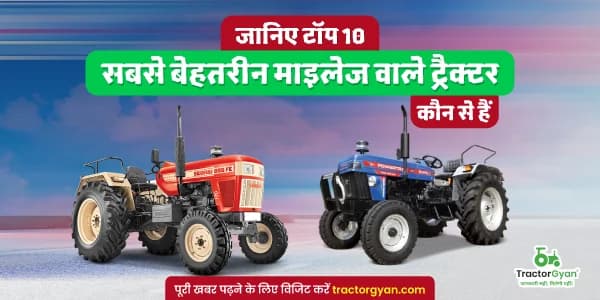
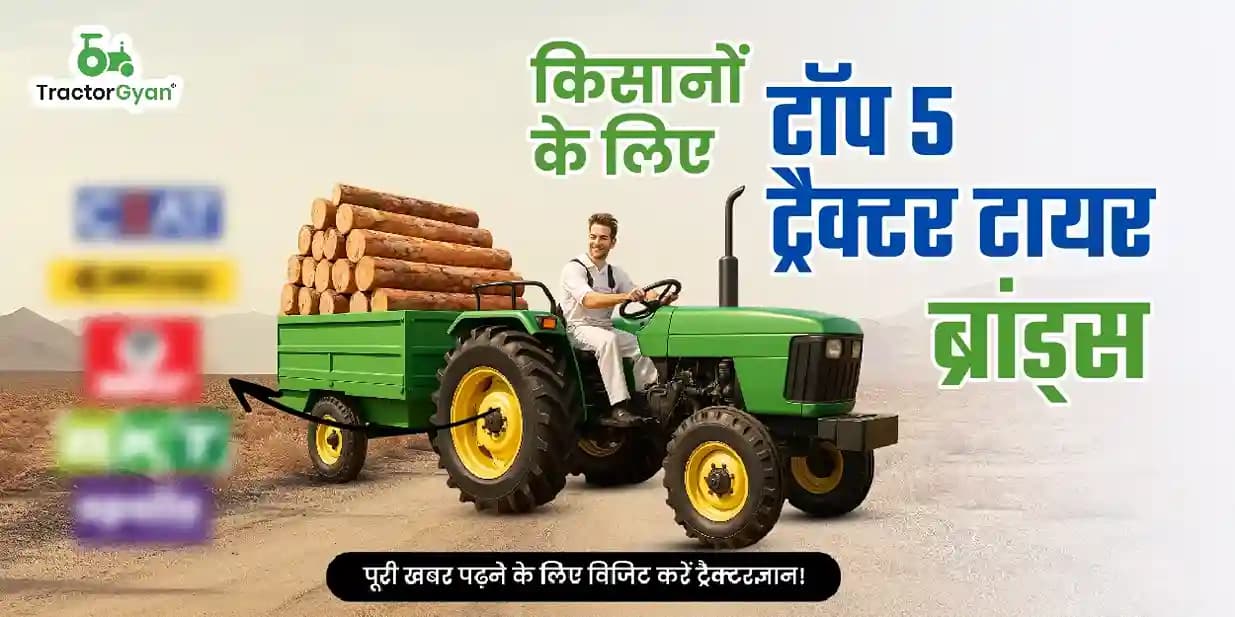

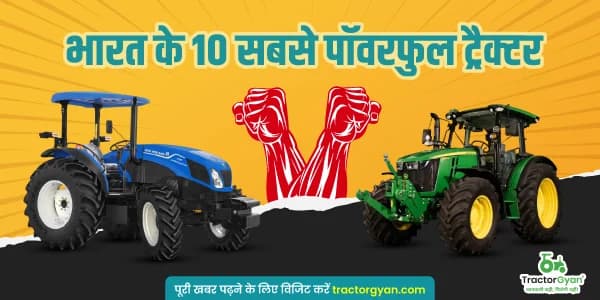
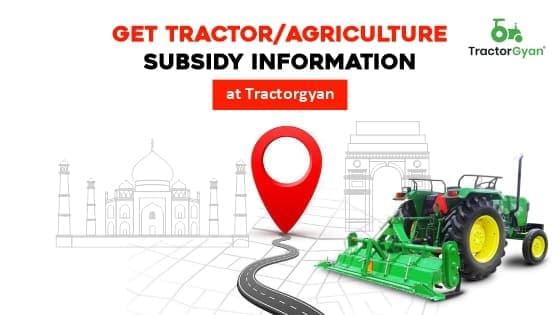
.webp&w=2048&q=75)
.webp&w=2048&q=75)
